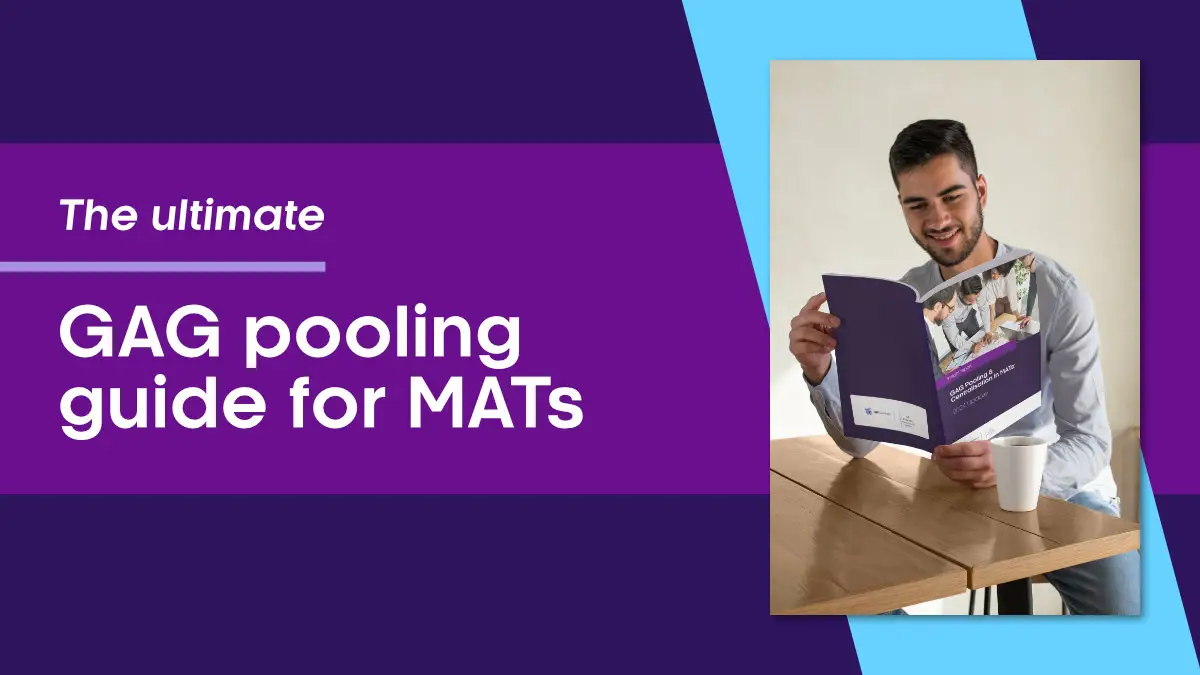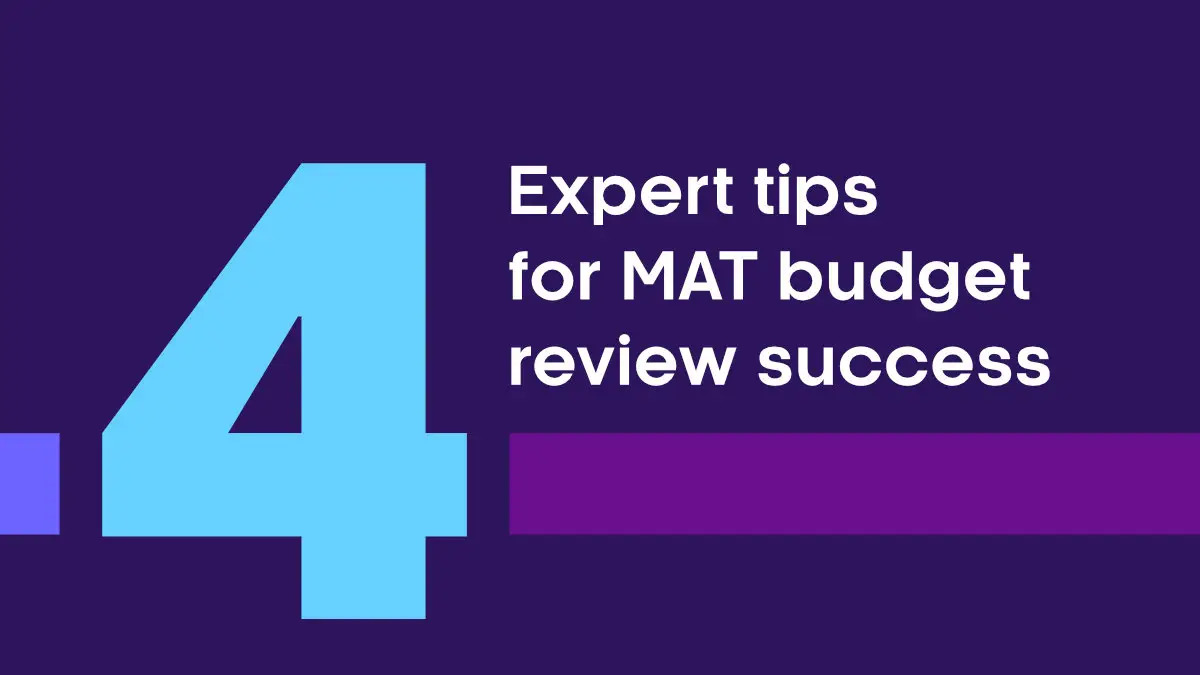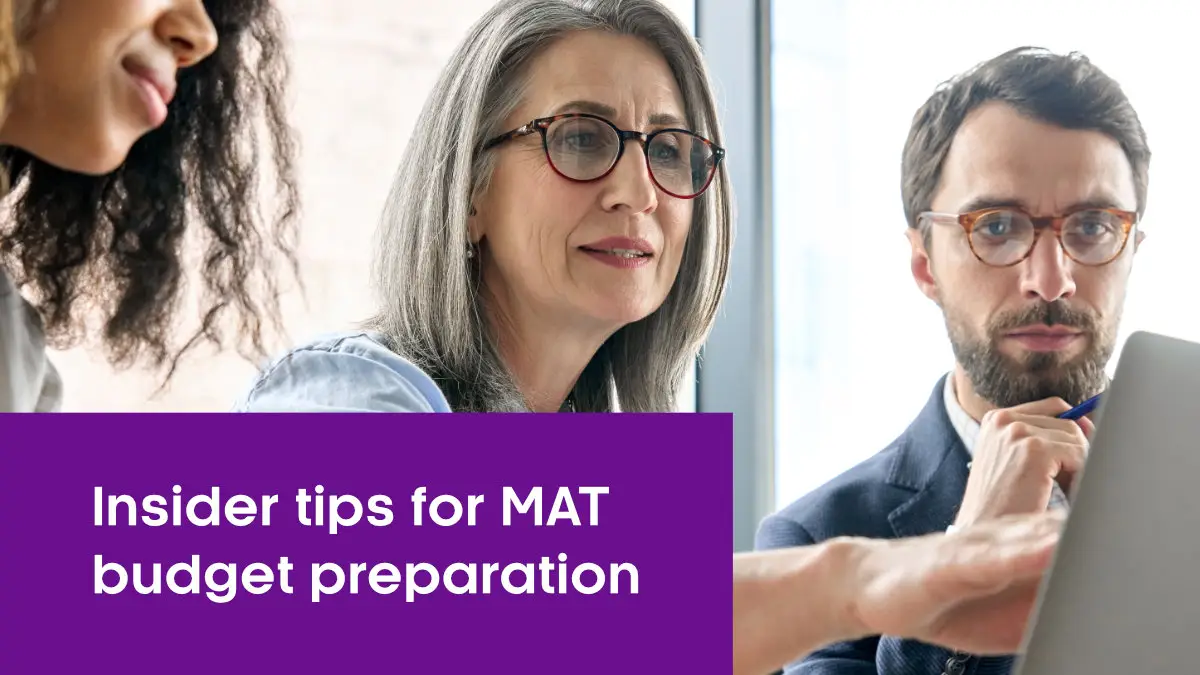So, the new Parliamentary Under Secretary of State (Minister for the School System) Baroness Barran has stressed the Department for Education (DfE) continued vision of all schools joining MATs. In a recent interview with Schools Week, the Minister with responsibility for academies and multi-academy trusts also took the opportunity to urge strong maintained schools to launch MATs and revealed how the government is investigating different operating models to see which produce the best outcomes.
It is clear that greater academisation, growing MATs and some through an increase in merger approvals, will be a major part of the sector landscape in 2022 – and whilst the past 21 months have shown how difficult it is to make predictions with any certainty, there are four issues and trends we should watch out for in the New Year.
1. Evolution in MAT formation policies
It may be a coincidence, but a week before Baroness Barran’s interview and what Schools Week described as a “charm offensive” at the Schools and Academies Show, the DfE released new research which found that the rate of academy conversions in the next three years will be “limited to a steady rate” and is “unlikely to increase” without any change to current policies.
The study, titled ‘Schools’ views on the perceived benefits and obstacles to joining a multi-academy trust’, reported that the vast majority of recent converters – 82% of primary and 74% of secondary schools – said the overall impact of joining a MAT has been positive.
However, headlines around 60% of primaries and 70% of secondaries finding the process “challenging” and only a third of 13% local authority primaries and 22% of local authority secondaries considering converting to academy status, provide ammunition for harder policies to be introduced on joining MATs. Additionally, two-thirds of standalone academies said that not joining a MAT was an “active decision” from the school.
2. Providing evidence that MATs work
“There is potential to increase awareness and raise expectations of these benefits amongst schools that are not part of MATs”, says the same DfE research. Whilst recent converters reported issues around dealing with objections from parents or staff, difficulty adapting to new processes, increased workload, reduced control over finances, reduction in autonomy, taking longer to get things done and volume of paperwork, the advantages of conversion were seen to outweigh these. It adds that if the DfE wants to implement its vision of having all schools in a strong MAT then “evidencing the positive experiences of schools in MATs will be critical”.
Through the 120+ MATs that we work with, we see the many benefits that can be achieved by working more collaboratively across a school Trust; both in terms of strategic financial management as a larger, integrated entity as opposed to an aggregation of individual schools, along with the ability to allocate resources based upon need rather than a formulaic funding formula, which is a route that more Trusts are adopting to ensure they can offer the right support at the right time, which will vary over time.
Whilst we are seeing and hearing the benefits that this collaborative approach can bring, we are also perhaps seeing a ‘lukewarm’ view on this becoming more widespread due to concerns on how messages around greater collaboration can be balanced with the not insignificant number of schools who see this as a direct trade-off against their autonomy. There is further work to be done to demonstrate how a responsible and collaborative approach to financial management, potentially combined with financial pooling, can provide an overall benefit for schools.
3. Greater MAT accountability and scrutiny
In August, the Education and Skills Funding Agency released new guidance stating that academies can expect tougher check on their finances, including “more detailed questioning” from auditors”. Then in November Baroness Barran said that “we want to take a careful look at how we hold Trusts to account and ensure they deliver value for money”. MAT Boards, who under the Academy Trust Handbook guidance must receive monthly management accounts to enable them to scrutinise accordingly, should have these words ringing in their ears.
Guidance on management accounts from the National Governance Association says that “data should be up to date – accounting systems should be able to produce the relevant data automatically” and “if the Trust lacks appropriate software or processes to easily produce adequate accounts, this needs to be addressed”.
Our MAT budgeting, financial management and reporting software, IMP Planner, has systemised the entire monthly reporting process, joining the historic finance actuals with the detailed, real-time, forward-looking forecast data automatically, enabling Trust finance teams to focus on the analysis, not the preparation. This ensures that Trustees and senior executive leaders have high quality, digestible information to understand the financial performance, so that Boards can deliver effective oversight.
4. Planning with continued uncertainty
The pandemic has already changed the landscape of financial management for academies and Trusts. While some schools have been able to make some savings on maintenance and supply costs, many have also faced an increase in expenditure from investing heavily in technology to limit disruption to pupils’ education. Additionally, school closures have meant there have been fewer opportunities for income generation, negatively impacting revenue and financial planning. Concerns over teacher pay following the Autumn Budget, and costs resulting from the forthcoming government white paper setting out the next stage of system reforms, are also creating uncertainty even though the government has allocated an extra £7.1 billion for schools in England through to 2022-23.
Effective support, and efficient financial strategies, for MAT and academy finances are absolutely essential. In April I am speaking at the Academy Financial Management Conference on centralised approaches to MAT financial management, including GAG/financial pooling.
The ‘mood music’, and expectation around a process for eventually moving to a system where all schools are in a MAT, leads us to want to explore further the appetite for centralisation within Trust finance/operations and whether GAG/financial pooling will be looked at to help maximise the support that growing MATs can offer their schools. Or indeed whether this potential growth, and the need to be an ‘attractive home’ for schools who are looking to join a MAT, is actually impacting the strategies that might have otherwise been employed.
Today we are launching our own survey, and we would like to hear from MAT finance/operations leaders to help shape our latest research. We will utilise the findings in our next whitepaper.
To complete the survey, Click Here



